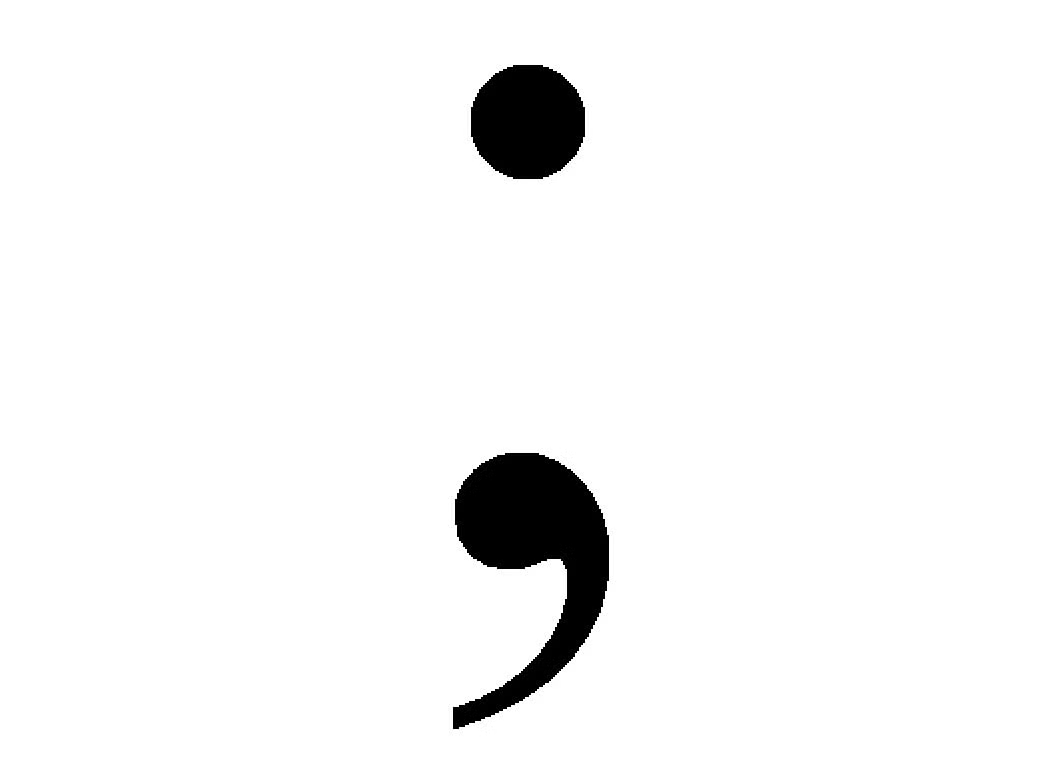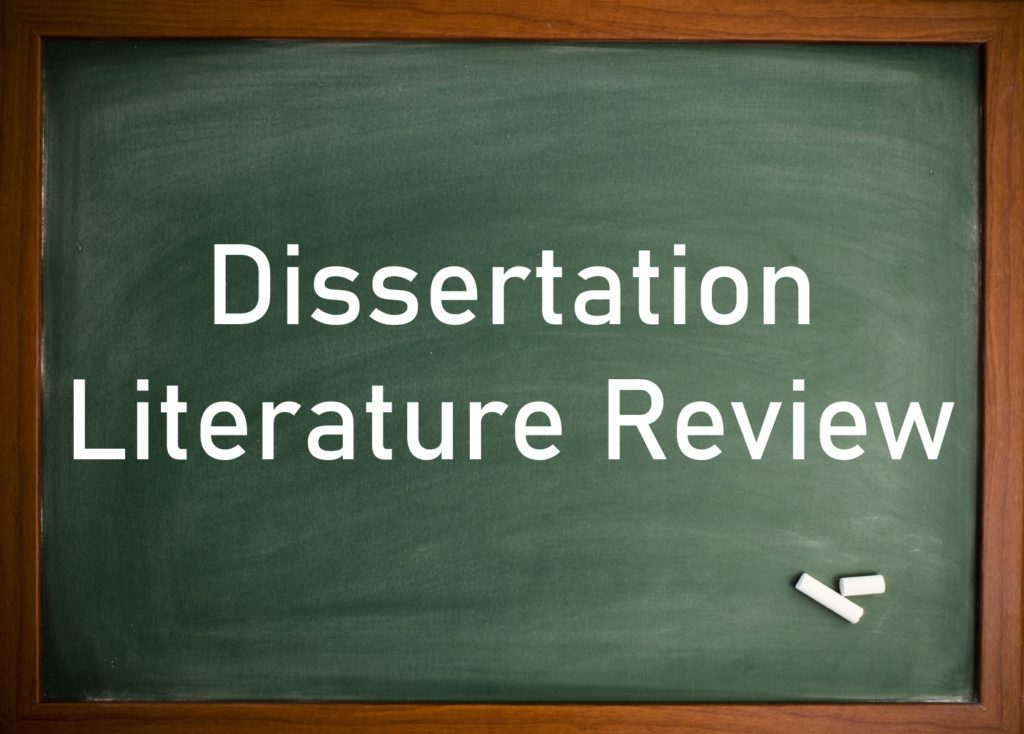The semicolon is a punctuation mark that concurrently separates and joins; it links two clauses that could stand alone as separate sentences, but whose link to one another calls for something softer than a full stop. Case in point: the previous sentence.
If you’d prefer to learn how to use semicolons by watching a video, you can check our Dr Lines’ talk on Capstone Editing’s YouTube channel.
Semicolons to Connect
A semicolon is most commonly used to establish emphasis and rhythm between two separate but closely related clauses; indeed, the primary reason for using a semicolon (instead of a full stop) in this situation ‘is to draw attention to the relationship between the two clauses’ (Fogarty 2008, 91). For example:
The committee is having its final session today; we can expect a decision by this evening.
In this same manner, the semicolon is used when linking sentences with conjunctive adverbs (e.g. ‘however’, ‘therefore’ and ‘indeed’):
I have always been an enthusiast for the use of semicolons; however, there is a risk of overuse.
The semicolon is an indicator of polished writing; therefore, it ought to be used in academic writing.
Semicolons in Lists
The semicolon is also used in internally punctuated run-on lists (also known as horizontal lists); if an item or items within a series or list contain internal commas, a semicolon must be used to separate the items:
The students have come from Beijing, China; London, England; Berlin, Germany; Canberra, Australia; Washington, DC and Jakarta, Indonesia.
The same rule is applied to lists in in-text references if you have cited multiple works, use a semicolon to separate the works:
(Lines 2008, 41; Kitaoji 2012, 67; Steed 2009, 33)
Semicolons in Vertical Lists
Some writers like to use semicolons at the end of each point in a vertical list (i.e. a numbered or bullet point list). In academic writing (with the exception of legal writing), the recommended style is no punctuation at the end of dot points that are not full sentences (except for the last dot point, which takes a full stop to show that the list is complete). Therefore, do not use semicolons at the end of points in vertical lists.





